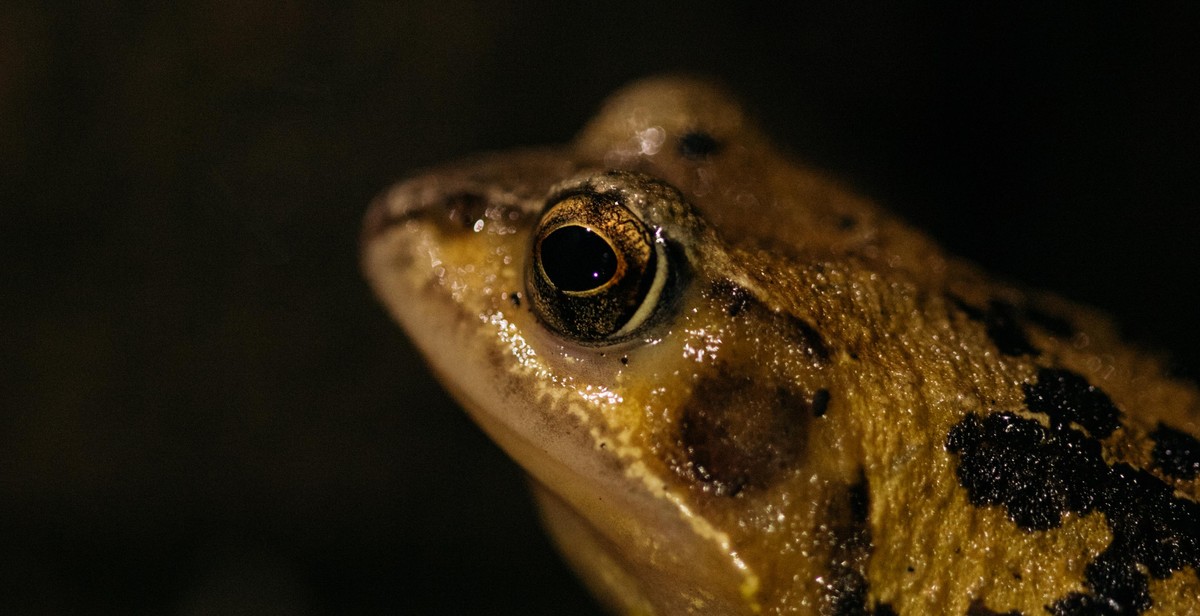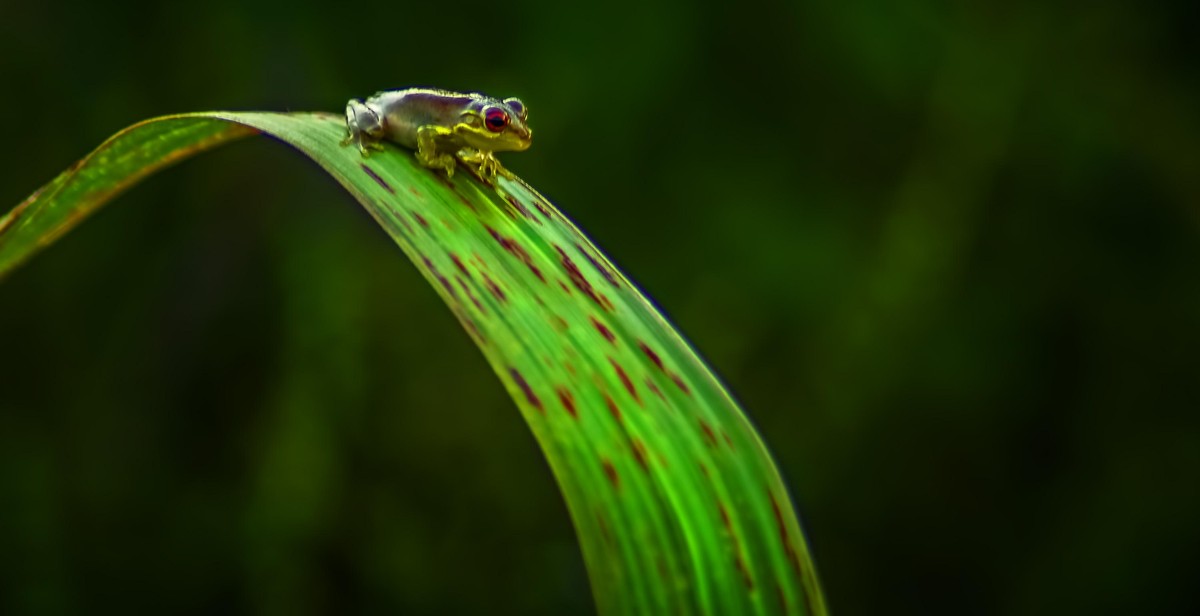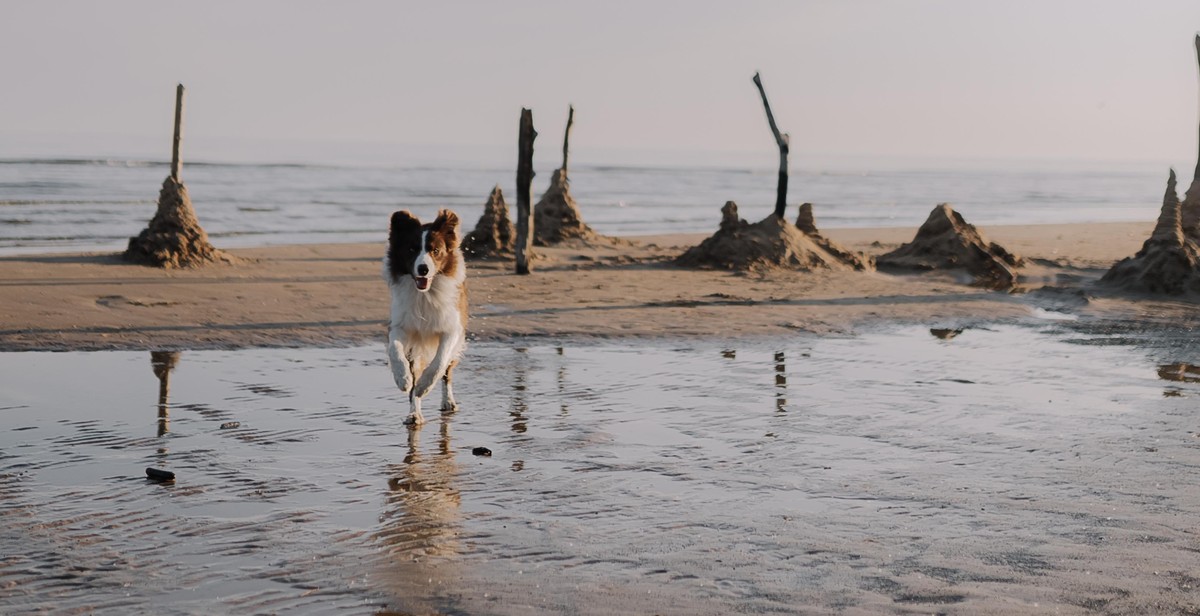How to Create a Frog Habitat: Setting Up a Suitable Environment for Pet Frogs
As a seasoned frog owner and enthusiast, I can attest to the fact that creating a suitable habitat for pet frogs is crucial to their health and well-being. Frogs are fascinating creatures that require specific environmental conditions to thrive. Therefore, it is essential to set up a habitat that meets their needs and replicates their natural habitat as closely as possible.
Why create a frog habitat?
Creating a frog habitat is not only beneficial for the frogs but also for the owners. A suitable environment can help reduce stress and the risk of disease, making it easier to care for your pet. Additionally, a well-designed habitat can enhance the aesthetics of your living space, providing a unique and calming ambiance.
However, creating a suitable environment for pet frogs can be a daunting task, especially for first-time owners. The process requires careful consideration of various factors, including the type of frog, habitat size, lighting, temperature, and humidity.
In this article, I will provide step-by-step instructions on how to create a frog habitat that meets the needs of your pet and ensures their health and happiness.

Choosing a Suitable Habitat
Creating a suitable habitat for your pet frog is essential for its survival and well-being. Here are some factors to consider when choosing a habitat:
Size of the Habitat
The size of the habitat depends on the size and number of frogs you plan to keep. For a single frog, a 10-gallon tank is sufficient. If you plan to keep multiple frogs, you will need a larger tank. A good rule of thumb is to have 5 gallons of water per frog. For example, if you have three frogs, a 15-gallon tank would be ideal.
It is important to note that the size of the habitat should be appropriate for the size of the frog. Some species of frogs can grow quite large, and they will need a bigger tank as they mature.
Materials Needed
When setting up a frog habitat, you will need the following materials:
- Tank: Glass tanks are the most common type of tank used for frog habitats. They are sturdy and allow you to observe your frogs easily.
- Substrate: Choose a substrate that will hold moisture and provide a comfortable surface for your frog. Coconut coir, sphagnum moss, or peat moss are good options.
- Water: Frogs need a source of clean, fresh water. A water dish or a shallow pool of water should be provided in the tank.
- Plants: Live plants not only add to the aesthetic appeal of the habitat but also provide hiding places for your frogs and help maintain the humidity level in the tank.
- Decorations: Adding rocks, driftwood, and other decorations can create a more natural-looking habitat and provide hiding places for your frogs.
Location of the Habitat
The location of the habitat is also important. It should be placed in a quiet area away from direct sunlight and drafts. Frogs are sensitive to temperature changes, so it is important to keep the habitat at a consistent temperature. A temperature range of 72-82°F is ideal for most species of pet frogs.
It is also important to keep the habitat away from other pets that may harm or stress out your frogs. Keep in mind that some species of frogs are nocturnal, so it may be best to place the habitat in a room where you can turn off the lights at night.
| Factor | Considerations |
|---|---|
| Size of the Habitat | 10-gallon tank for one frog; 5 gallons of water per frog |
| Materials Needed | Glass tank, substrate, water dish, live plants, decorations |
| Location of the Habitat | Quiet area away from direct sunlight and drafts; consistent temperature of 72-82°F |

Setting up the Habitat
Setting up a suitable environment for pet frogs is essential for their health and well-being. Here are some important steps to follow when creating a frog habitat:
Creating a Water Source
Frogs need a source of clean water for swimming, soaking, and hydrating. The water source should be large enough for the frog to move around comfortably and deep enough for them to fully submerge. A good rule of thumb is to have a water depth of at least twice the length of the frog.
When choosing a water source, it is important to consider the type of frog you have. Some frogs prefer still water while others require a running water source. You can use a water pump or filter to create a flowing water source, or simply use a dish or bowl for still water.
Adding Substrate
Substrate is the material used to cover the bottom of the habitat. It should be absorbent, non-toxic, and easy to clean. Common substrate materials for frog habitats include coconut coir, sphagnum moss, and peat moss.
When adding substrate, make sure it is deep enough for the frog to burrow and hide. A depth of 2-3 inches is usually sufficient. It is also important to mist the substrate regularly to maintain a humid environment, which is essential for many species of frogs.
Plants and Decorations
Adding plants and decorations to the habitat not only enhances the aesthetic appeal but also provides hiding places and climbing surfaces for the frog. Live plants such as pothos, philodendrons, and bromeliads are great choices for frog habitats as they help to maintain humidity and provide natural hiding places.
When choosing decorations, make sure they are non-toxic and do not have any sharp edges that could harm the frog. Some good options include rocks, logs, and PVC pipes. It is important to arrange the decorations in a way that creates multiple hiding places and climbing surfaces for the frog.
| Tip: | Research the specific needs of the type of frog you have to ensure you are creating a suitable habitat for them. |
|---|
By following these steps, you can create a safe and comfortable habitat for your pet frog.

Maintaining the Habitat
Creating a suitable environment for your pet frogs is not just a one-time setup. It requires consistent maintenance and upkeep to ensure the health and well-being of your amphibian friends. Here are some key areas to focus on:
Temperature and Humidity
Frogs are cold-blooded creatures that require a specific temperature range to thrive. The ideal temperature range for most pet frogs is between 72-78°F (22-25°C), with a humidity level of around 50-70%. To maintain these conditions, you may need to invest in a thermometer and hygrometer to monitor the temperature and humidity levels in the habitat. You can also use a misting system or a humidifier to regulate the humidity levels as necessary.
Feeding and Watering
Like all living creatures, frogs require a balanced diet to stay healthy. Depending on the species of frog, their diet may consist of insects, worms, or even small rodents. It’s important to research the specific dietary requirements of your pet frog and provide them with a varied and nutritious diet. You should also ensure that there is always a supply of clean, fresh water available for your frogs to drink and soak in. Change the water regularly to prevent the buildup of harmful bacteria and toxins.
Cleaning and Maintenance
A clean habitat is crucial for the health and well-being of your pet frogs. Regularly remove any uneaten food, feces, and debris from the habitat. You should also clean and disinfect the habitat on a regular basis. This includes cleaning the walls, substrate, and any decorations or plants in the habitat. Use a reptile-safe disinfectant and rinse thoroughly to ensure there are no harmful residues left behind.
| Task | Frequency |
|---|---|
| Check temperature and humidity levels | Daily |
| Feed frogs | As required (usually daily or every other day) |
| Provide fresh water | Daily |
| Remove uneaten food, feces, and debris | Daily |
| Clean and disinfect habitat | Weekly |
By following these guidelines and performing regular maintenance tasks, you can create a healthy and thriving habitat for your pet frogs. With proper care and attention, your frogs can live long and happy lives in their new home.

Conclusion
Creating a suitable environment for your pet frog is crucial for its health and happiness. By following the steps outlined in this guide, you can create a frog habitat that meets your pet’s needs and allows it to thrive.
Remember to research the specific needs of your frog species and make any necessary adjustments to their habitat. This will ensure that your pet frog is getting everything it needs to live a long and healthy life.
Enjoying Your Pet Frog
Having a pet frog can be a rewarding experience. They are fascinating creatures that can provide hours of entertainment and joy. Watching your pet frog hunt for food, climb and explore its habitat, and interact with you can be a delightful experience.
Remember to handle your frog with care and respect its boundaries. Avoid overhandling your pet, as this can cause stress and potentially harm your frog. Instead, take the time to observe and enjoy your pet from a distance.
With proper care and attention, your pet frog can live a long and happy life in its new habitat. Enjoy the journey and the unique experience of owning a pet frog!
